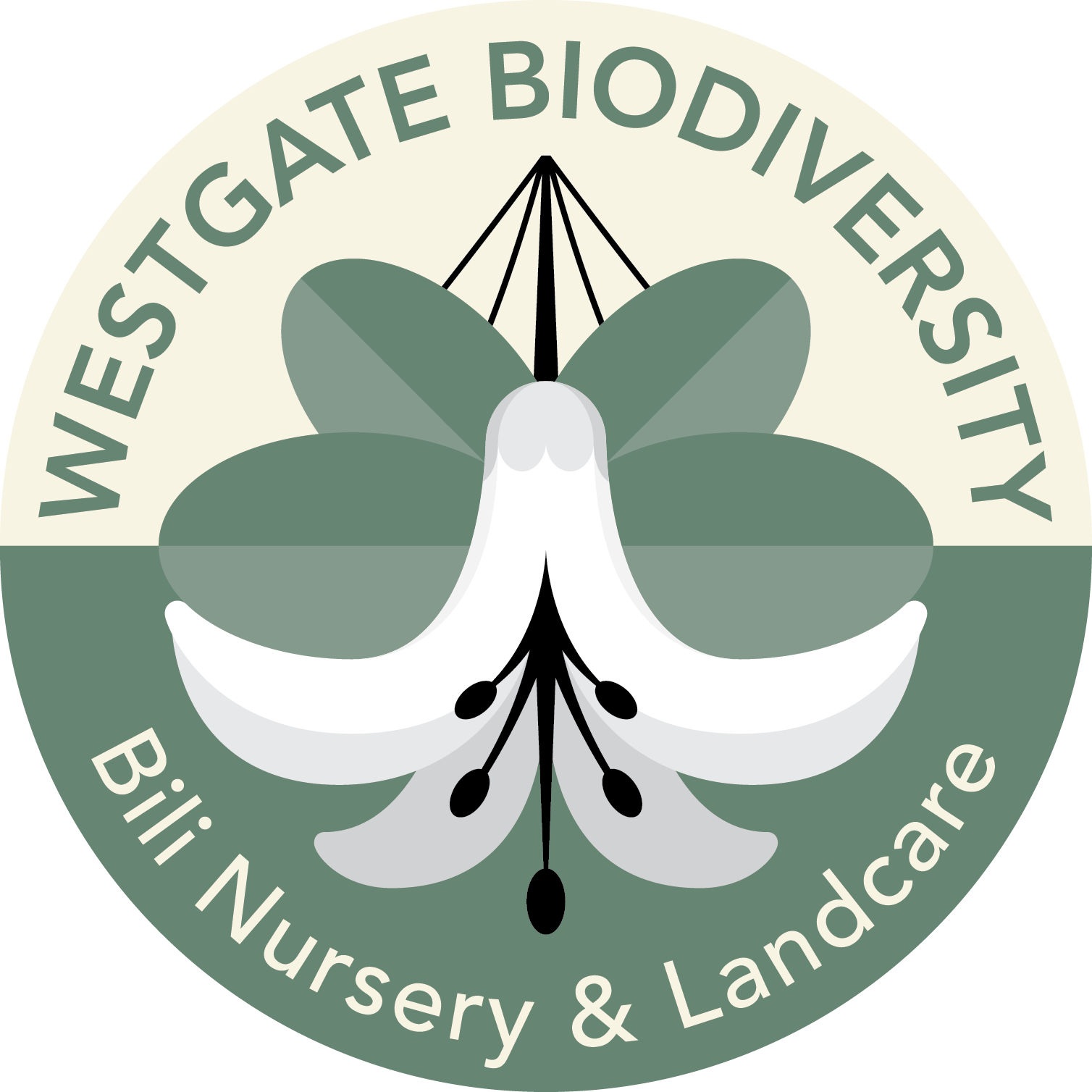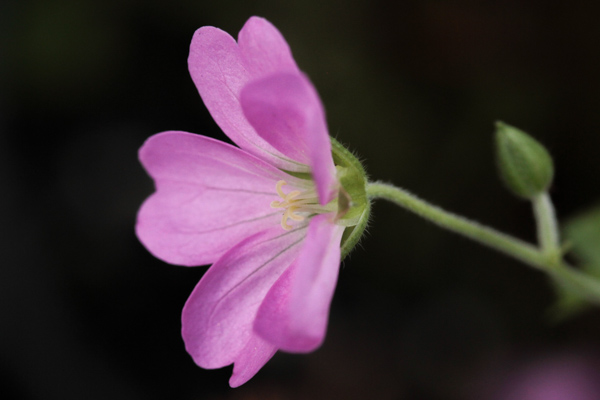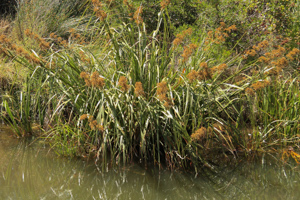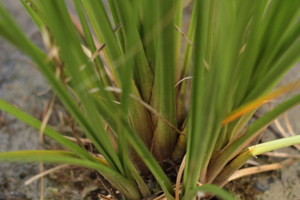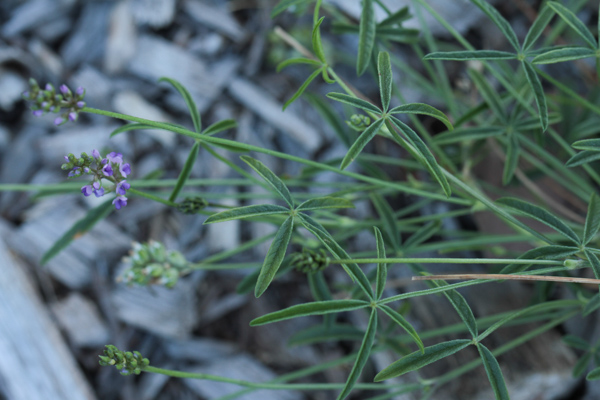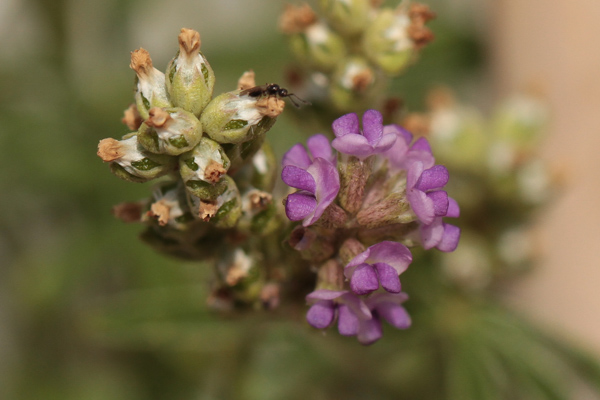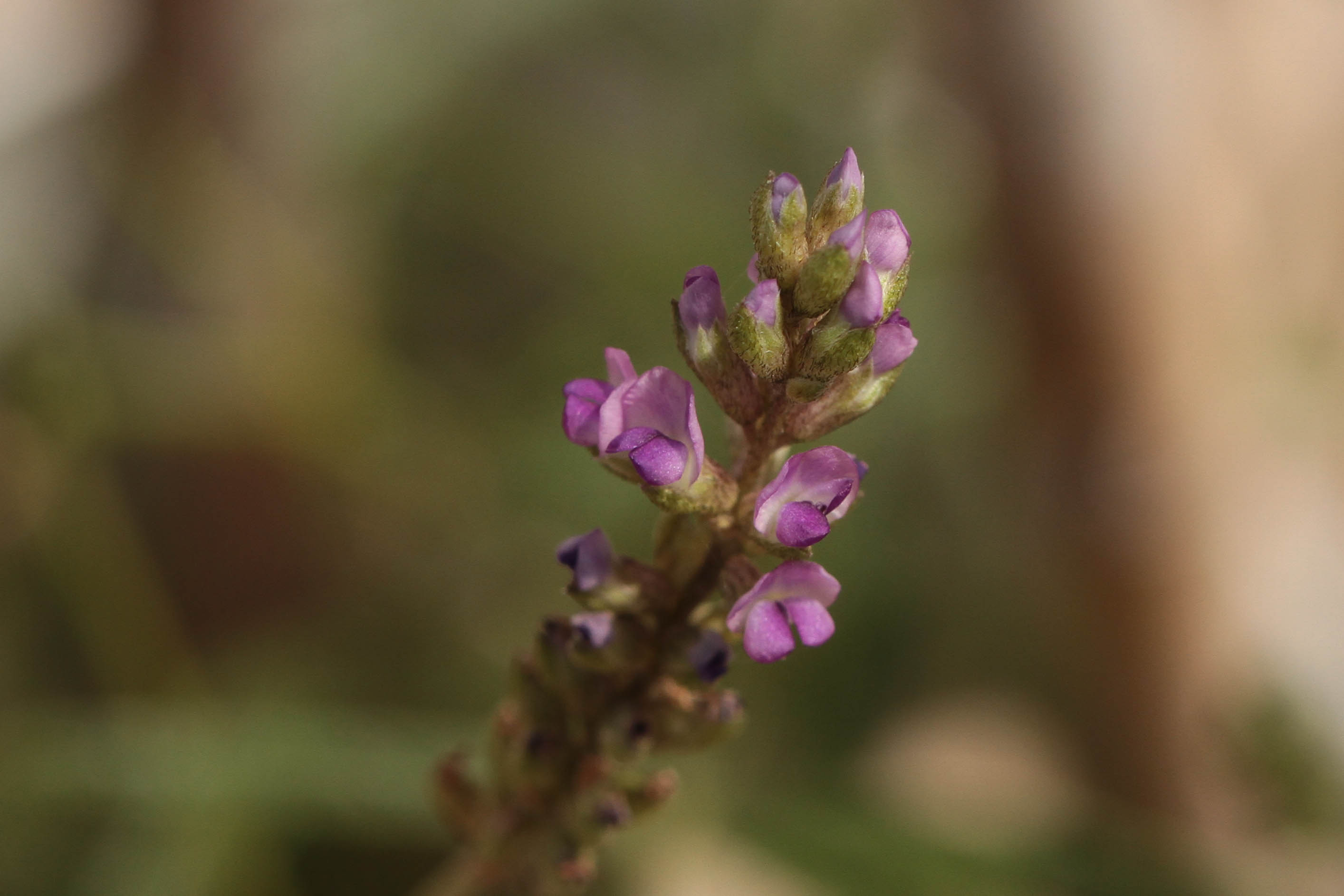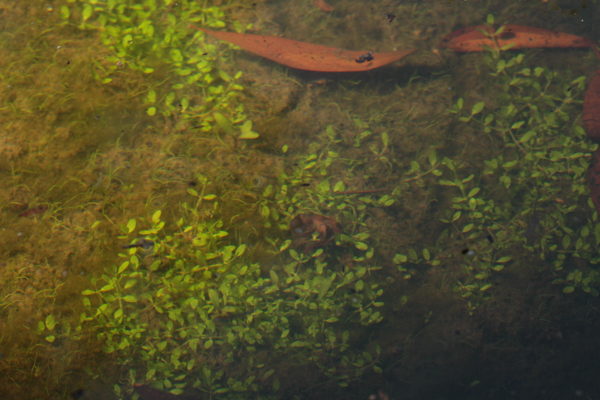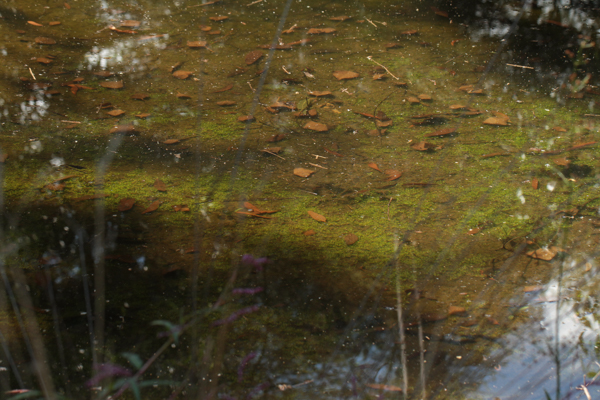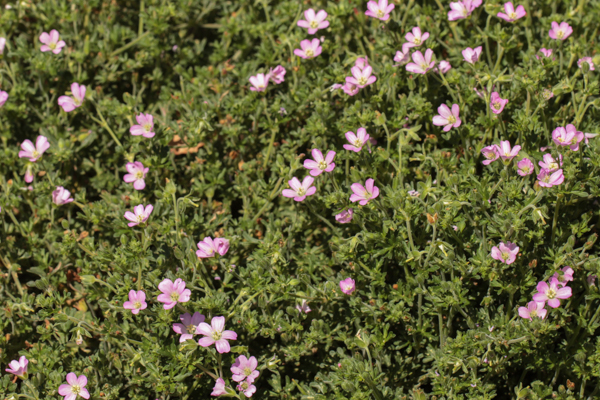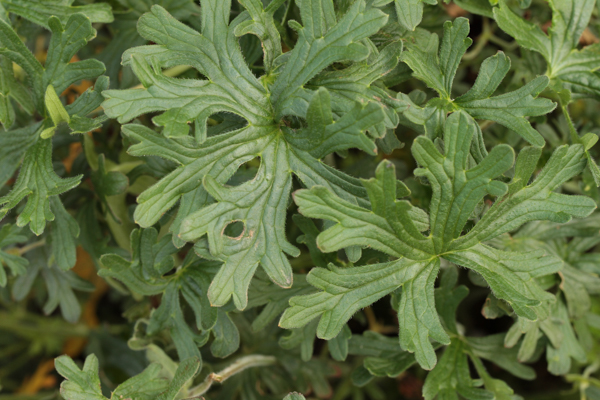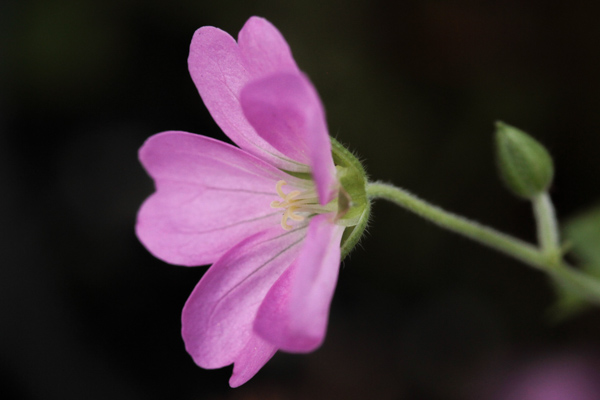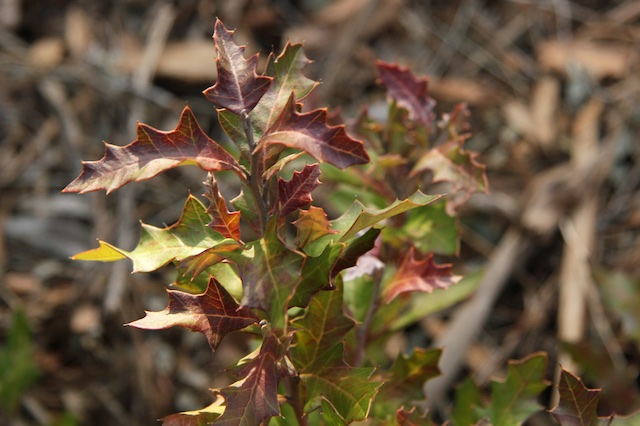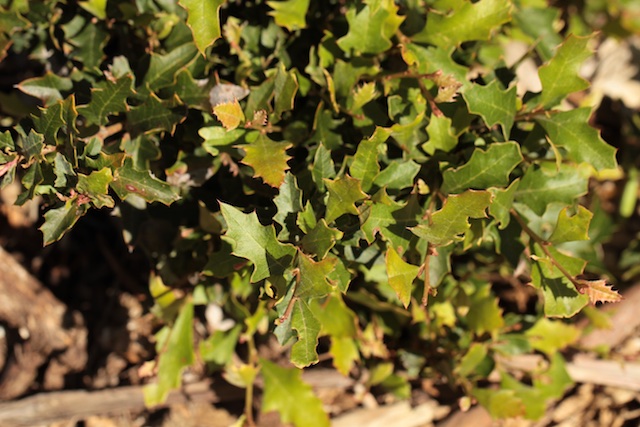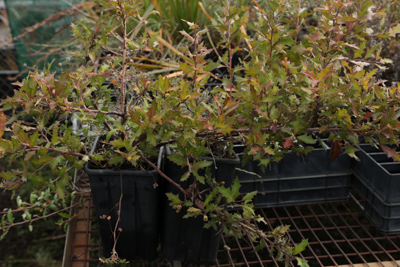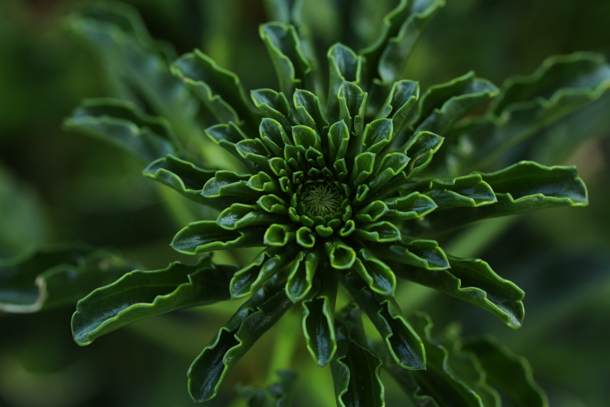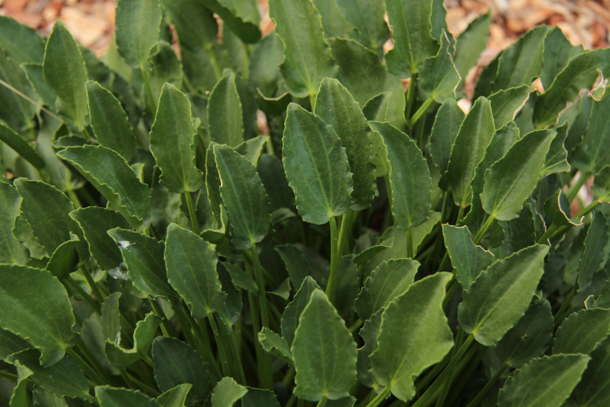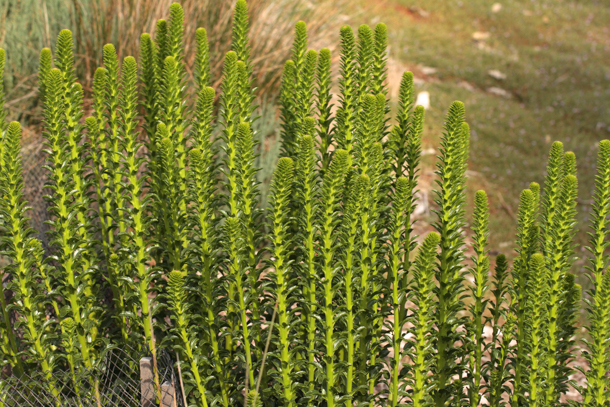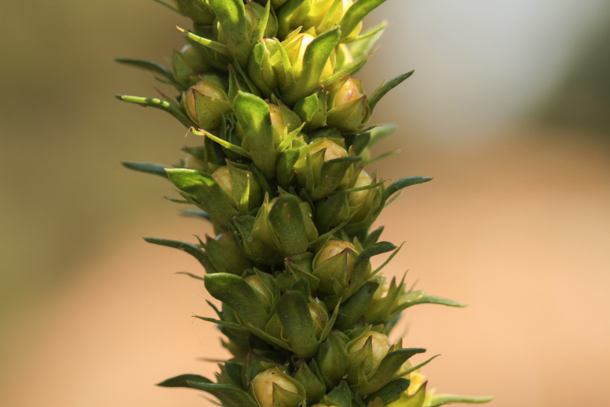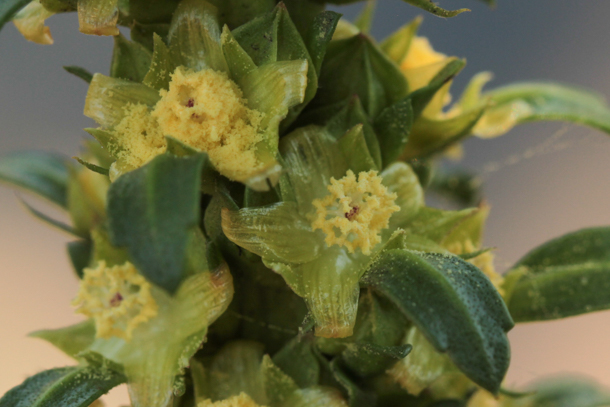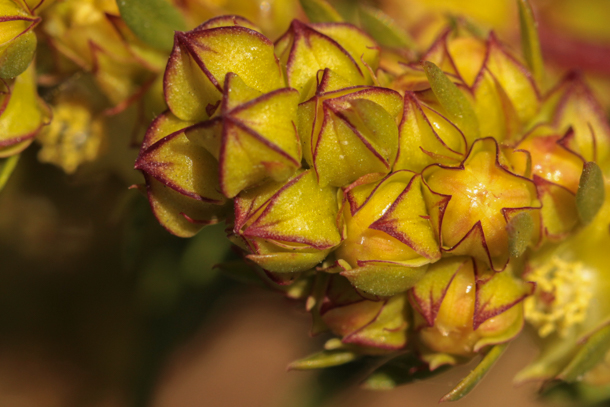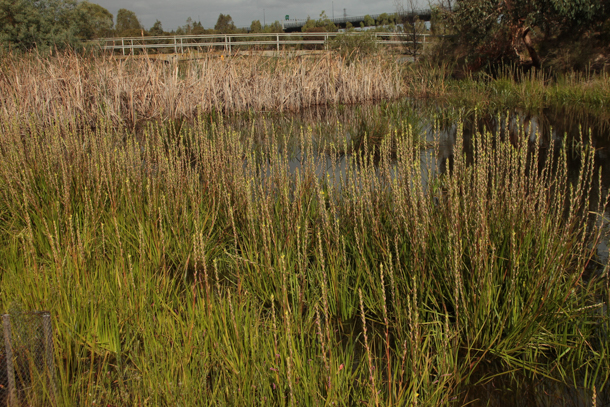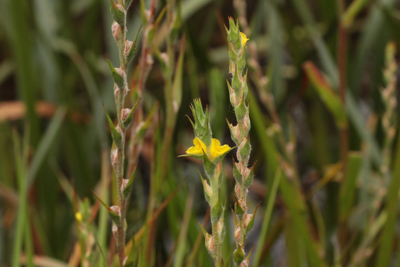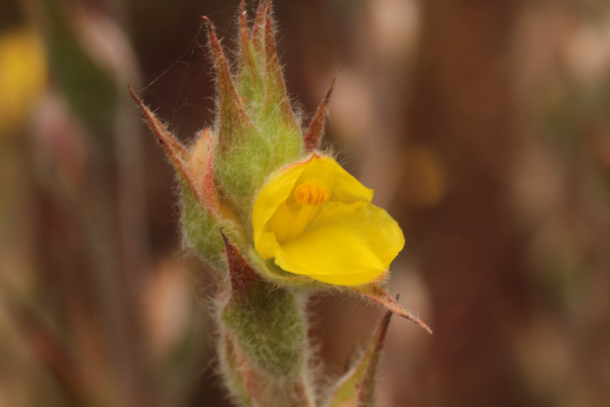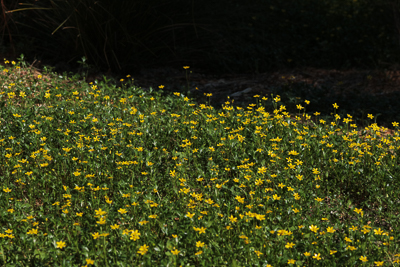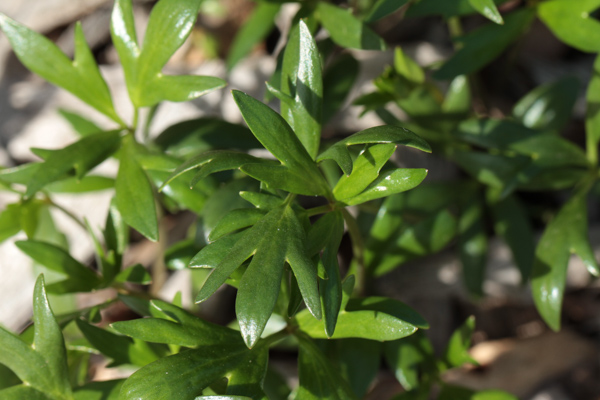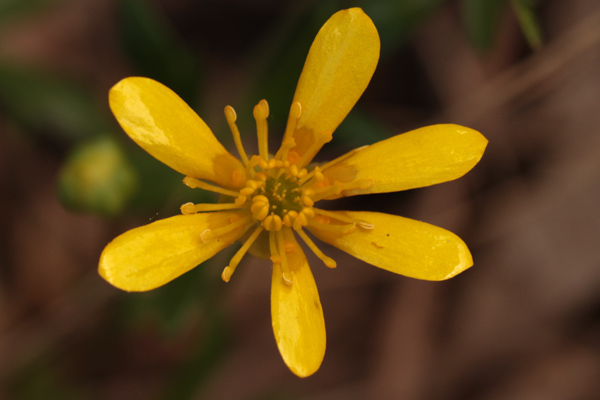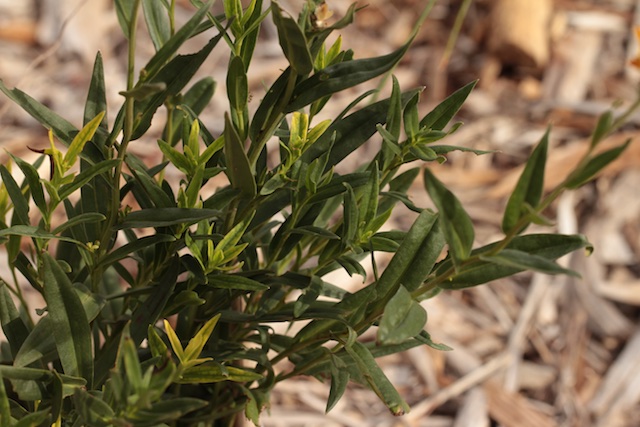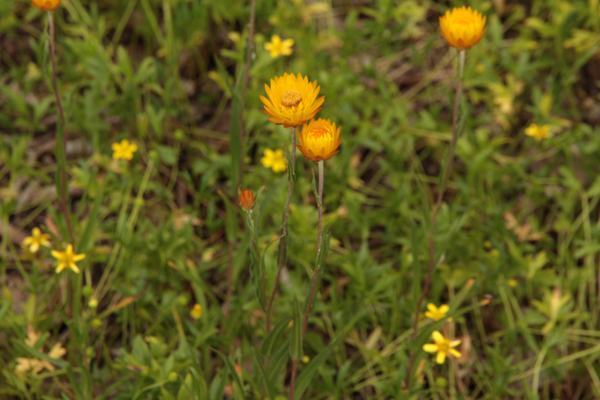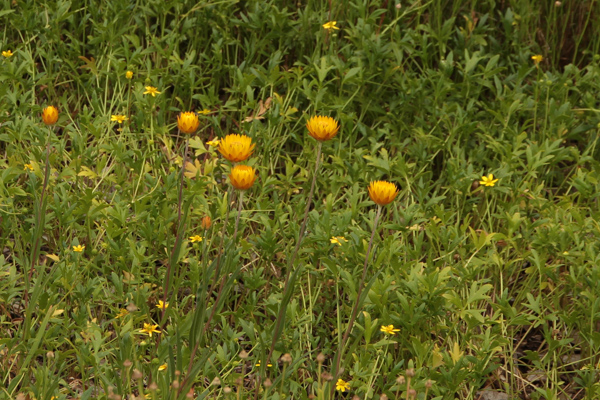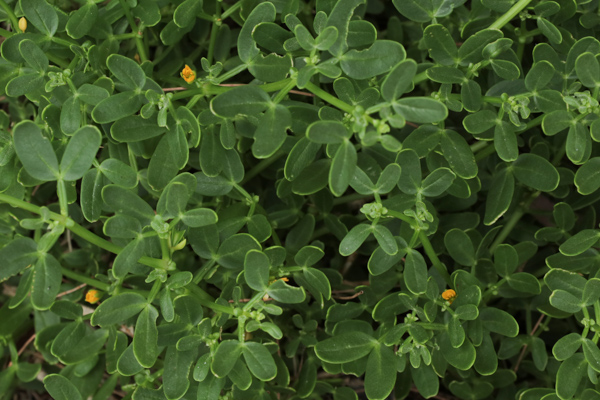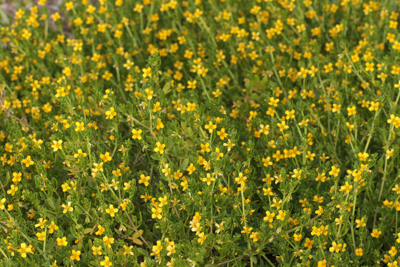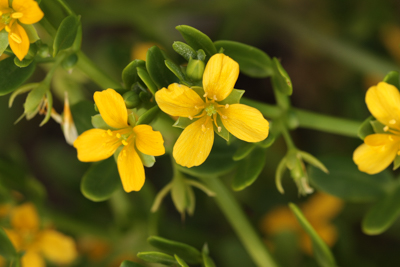Threatened species
The National Environment Protection Biodiversity Conservation Act (EPBC) lists 41 species of Australia’s flora as extinct, 129 critically endangered, 530 endangered and 610 as vulnerable. Australia’s Biodiversity Conservation Strategy sets 10 national priorities, the first of which is: By 2015 to achieve an increase in the number of Australians and public and private organisations who participate in biodiversity conservation activities.
In our small way, we are conserving biodiversity by ensuring the survival of locally indigenous species; propagating and growing a number of those that are rare, threatened or vulnerable and we are pleased to report that so far, they are a thriving feature of Westgate Park!
Only two species at Westgate Park are EPBC listed – Xerochrysum palustre and Grevillea infecunda – both as ‘vulnerable’. The rest below are protected by the Victorian Fauna and Flora Guarantee Act.
Cladium procerum – Leafy Twig Rush Conservation status: near threatened, Source status: rare, Westgate Park population ~20 in freshwater lake and lagoons
Cladium procerum is a giant rhizomatous sedge that grows to around 2.5m tall with massive flower heads. New plants proliferate along the flower stems and take root when these settle. This species is found in the eastern half of mainland Australia, usually near the coast including in brackish waters.
Larvae of the butterfly Telicota eurychlora – Southern Sedge-darter feed on Cladium procerum in coastal areas. Cladium is found world wide but Cladium procerumis endemic in Australia.
Cullen tenax – Tough Scurf-pea, Emu’s Foot Conservation status: Endangered in Victoria, Source status: threatened, Westgate population ~15
Cullen tenax is extinct throughout most of its Melbourne range and now rare in the Keilor basalt plains. It appreciates summer watering, requires moist soil, full sun or semi-shade. Propagation by scarified seed. (Ref. Flora of Melbourne). It was planted in the Southern Wetlands and flowered in January 2017 and 2018 with seed setting.
Elatine gratioloides – Waterwort Conservation status: Locally rare
This aquatic or semi-aquatic herb survives in still or slow-moving water up to 1m deep and full sun. It has solitary 3-petalled pinkish-green flowers mainly September to January.
In March 2016 it was found growing naturally in the Chain of Ponds on the northern boundary, seen here under water.
Geranium solanderi var. solanderi – Austral Crane’s Bill
A vulnerable species in Victoria, becoming rarer locally through loss of habitat. Distribution is poorly known. (Ref. Flora of Melbourne)
Geranium solanderi requires seasonally moist soils and full sun. It flowers Oct-Jan.
Grevillea infecunda – Anglesea Grevillea Conservation status: Vulnerable nationally
Endemic to Victoria and now only remnant in the Anglesea area, Grevillea infecunda is a low, spreading shrub and unusual in that its flowers are sterile and do not set seed. Instead it forms colonies by suckering.
Grevillea infecunda is being propagated by cuttings in our Bili Nursery
Lawrencia spicata – Salt Lawrencia Conservation status: Rare in Victoria and endangered within the Melbourne area
Lawrencia spicata is an erect, glabrous perennial herb with flower spikes rising from a basal rosette to 1.8 meters high. It has yellow flowers clustered in groups of one to three. It requires full sun and moist salty soil.
The Ecology Australia report on the Port (of Melbourne) Capacity Project, Oct 2012, recorded Lawrencia Spicata on Port land adjacent to the Park which was destroyed by Port expansion works. It is unlikely to have been planted there which suggests this species may have once grown in the area that is now Westgate Park.
It is endemic to Australia. Several seedlings were planted around Horseshoe Lake in early 2012 and these are now regenerating well.
Philydrum lanuginosum – Woolly Water Lily Conservation status: Vulnerable in Victoria: not presently endangered but likely to become so soon due to continued depletion; occurring mainly on sites likely to experience changes in land-use which would threaten the survival of the plant in the wild. Thought to be (otherwise) extinct in the Melbourne Area.
Philydrum lanuginosum is an aquatic, short-lived perennial herb with woolly, reddish-green stems and leaves and velvety yellow hooded flowers in summer, each of which lasts just one day. Around 20 Philydrum lanuginosum were initially planted at the edge of the peninsula in the Dam in 2012 and produced flower spikes for several years. We were encouraged to see they were very successfully regenerating in 2015/16 in deeper water across large parts of the Dam.
Ranunculus papulentus – Large River Buttercup Conservation status: Poorly known, considered very uncommon in Victoria
Known as buttercups because of their cupped shiny yellow flowers, Ranunculus are perennial herbs that require moist or wet soil in freshwater lagoons or ponds. They thrive at the edge of the Compound Lagoon in the Park and have now spread over a large area of the gully near the Melbourne Water treatment plant in the River section, planted in 2015.
Xerochrysum palustre – Swamp Everlasting Conservation status: Threatened and vulnerable nationally
Xerochrysum palustre requires moist to wet heavy clay soil and full sun and has been planted in the Windmill Soak.
Zygophyllum billardieri – Coast Twin-leaf Conservation status: Rare in Victoria
A riparian and primary dune scrub species, Zygophyllum billardieri is thriving in the coast banksia woodland close the Yarra River bank to the east of the Park.
It has pairs of succulent leaves and masses of single yellow drooping flowers most of the year. It requires sandy, well drained soil and full sun.
See other pages for other ‘protected’ species and those known to be rare or extinct in Melbourne
Advisory List of Rare or Threatened Plants in Victoria – 2005
DSE
e = endangered in Victoria and at risk of disappearing from the wild state if present land use and other causal factors continue to operate
r = rare in Victoria but not considered otherwise threatened – there are relatively few known populations or the taxon is restricted to a relatively small area
v = vulnerable in Victoria
k = poorly known in Victoria and suspected, but not definitely known, to be extinct, endangered, vulnerable or rare in Victoria
FFG L = Listed under the Victorian Flora and Fauna Guarantee Act 1988 as threatened
